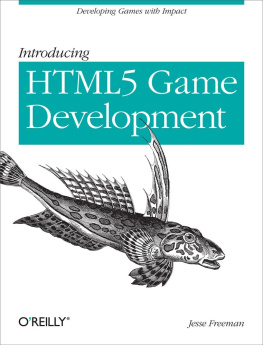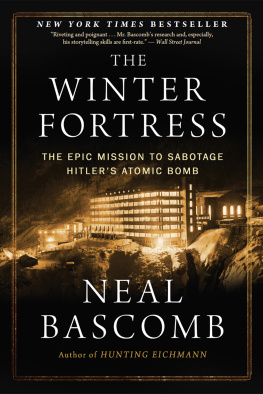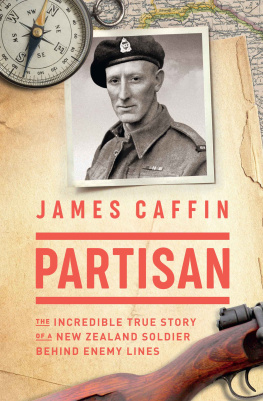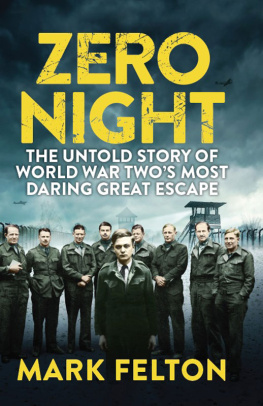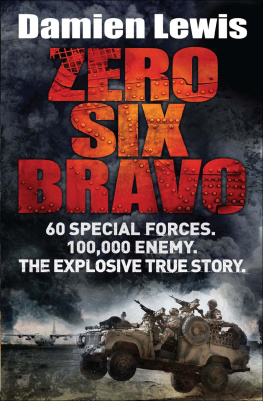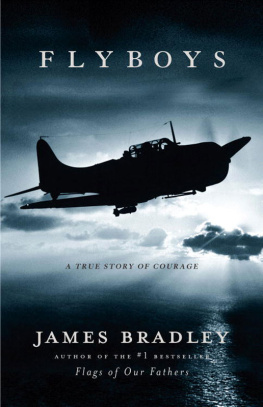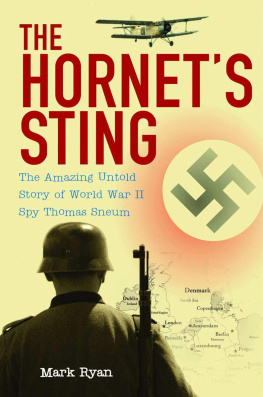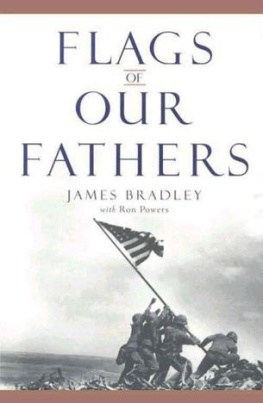Table of Contents
ALSO BY GREGORY A. FREEMAN
Lay This Body Down: The 1921 Murders of Eleven Plantation Slaves
Sailors to the End: The Deadly Fire on the USS Forrestal
and the Heroes Who Fought It

NAL Caliber
Published by New American Library, a division of
Penguin Group (USA) Inc., 375 Hudson Street,
New York, New York 10014, USA
Penguin Group (Canada), 90 Eglinton Avenue East, Suite 700, Toronto,
Ontario M4P 2Y3, Canada (a division of Pearson Penguin Canada Inc.)
Penguin Books Ltd., 80 Strand, London WC2R 0RL, England
Penguin Ireland, 25 St. Stephens Green, Dublin 2,
Ireland (a division of Penguin Books Ltd.)
Penguin Group (Australia), 250 Camberwell Road, Camberwell, Victoria 3124,
Australia (a division of Pearson Australia Group Pty. Ltd.)
Penguin Books India Pvt. Ltd., 11 Community Centre, Panchsheel Park,
New Delhi - 110 017, India
Penguin Group (NZ), 67 Apollo Drive, Rosedale, North Shore 0745,
Auckland, New Zealand (a division of Pearson New Zealand Ltd.)
Penguin Books (South Africa) (Pty.) Ltd., 24 Sturdee Avenue,
Rosebank, Johannesburg 2196, South Africa
Penguin Books Ltd., Registered Offices:
80 Strand, London WC2R 0RL, England
First published by NAL Caliber, an imprint of New American Library,
a division of Penguin Group (USA) Inc.
First Printing, September 2007
Copyright Gregory A. Freeman, 2007
All rights reserved
NAL CALIBER and the C logo are trademarks of Penguin Group (USA) Inc.
LIBRARY OF CONGRESS CATALOGING-IN-PUBLICATION DATA
Freeman, Gregory A.
The forgotten 500: the untold story of the men who risked all for the greatest rescue mission of World War II /
Gregory A. Freeman.
p. cm.
eISBN : 978-1-101-03234-3
1. Operation Halyard, 1944. 2. World War, 1939-1945Search and rescue operationsYugoslavia.
3. World War, 1939-1945Aerial operations, American. 4. AirmenUnited StatesBiography.
5. EscapesYugoslavia. I. Title.
D810.S45Y84 2007
940.5421971dc22 2007009950
Without limiting the rights under copyright reserved above, no part of this publication may be reproduced, stored in or introduced into a retrieval system, or transmitted, in any form, or by any means (electronic, mechanical, photocopying, recording, or otherwise), without the prior written permission of both the copyright owner and the above publisher of this book.
The scanning, uploading, and distribution of this book via the Internet or via any other means without the permission of the publisher is illegal and punishable by law. Please purchase only authorized electronic editions, and do not participate in or encourage electronic piracy of copyrighted materials. Your support of the authors rights is appreciated.
http://us.penguingroup.com
For Nicholas
A sense of duty pursues us ever. It is omnipresent, like the Deity. If we take to ourselves the wings of the morning, and dwell in the uttermost parts of the sea, duty performed or duty violated is still with us, for our happiness or our misery. If we say the darkness shall cover us, in the darkness as in the light our obligations are yet with us.
Daniel Webster
Argument on the Murder of Captain White,
APRIL 6, 1830. VOL. VI., P. 105.
Introduction
One of the last untold stories of World War II is also one of the greatest. Its a story of adventure, daring, danger, and heroics followed by a web of conspiracy, lies, and cover-up.
The story of Operation Halyard, the rescue of 512 Allied airmen trapped behind enemy lines, is one of the greatest rescue and escape stories ever, but almost no one has heard about it. And that is by design. The U.S., British, and Yugoslav governments hid details of this story for decades, purposefully denying credit to the heroic rescuers and the foreign ally who gave his life to help Allied airmen as they were hunted down by Nazis in the hills of Yugoslavia.
Operation Halyard was the largest rescue ever of downed American airmen and one of the largest such operations in the war or since. Hundreds of U.S. airmen were rescued, along with some from other countries, right under the noses of the Germans and mostly in broad daylight. The mission was a complete success, the kind that should have been trumpeted in newsreels and published on the front page of the newspapers. But it wasnt.
It is a little-known episode that started with one edge-of-your-seat rescue in August 1944, followed by a series of additional rescues over several months. American agents from the Office of Strategic Services (OSS), the precursor of the CIA, worked with a Serbian guerilla, General Draza Mihailovich, to carry out the huge, ultrasecret rescue mission.
These are the tales of young airmen shot down in the hills of Yugoslavia during bombing runs and the four secret agents who conducted their amazing rescue. These are the stories of young menmany of them first-generation Americans, the proud, patriotic sons of European immigrantswho were eager to join the war and fight the Germans, even finding excitement in the often deadly trips from Italy to bomb German oil fields in Romania, but who found themselves parachuting out of crippled planes and into the arms of strange, rough-looking villagers in a country they knew nothing about. They soon found that the local Serbs were willing to sacrifice their own lives to keep the downed airmen out of German hands, but they still wondered if anyone was coming for them or if they would spend the rest of the war hiding from German patrols and barely surviving on goats milk and bread baked with hay to make it more filling.
When the OSS in Italy heard of the stranded airmen, the agents began to plan an elaborate and previously unheard-of rescuethe Americans would send in a fleet of C-47 cargo planes to land in the hills of Yugoslavia, behind enemy lines, to pluck out hundreds of airmen. It was audacious and risky beyond belief, but there was no other way to get those boys out of German territory. The list of challenges and potential problems seemed never ending: The airmen had to evade capture until the rescue could be organized; they had to build an airstrip large enough for C-47s without any tools and without the Germans finding out; then the planes had to make it in and out without being shot down.
The setting for this dramatic chapter in history is a region that, for modern-day Americans, has become synonymous with brutal civil war, sectarian violence, and atrocities carried out in the name of ethnic cleansingan impression that, though it may ignore the regions rich cultural history, is not inaccurate. Serbia covers the central part of the Balkan Peninsula, also known as the Balkans, a region in southern Europe separated from Italy by the Adriatic Sea. Serbia borders Hungary to the north; Romania and Bulgaria to the east; Albania and the Republic of Macedonia to the south; and Montenegro, Croatia, and Bosnia and Herzegovina to the west.
Throughout history the area has been neighbor to great empires, a proximity that contributed to a rich mixture of ethnicities and cultures, but also to a long history dominated by wars and clashes between rival groups of the same country. The fractious nature of the region even led to the term Balkanization or Balkanizing as a shorthand for splintering into rival political entities, usually through violence. The word Balkan itself is commonly used to imply religious strife and civil war.
The former Yugoslavia is a region seemingly in a constant state of flux. During World War II, Serbia was part of the Kingdom of Yugoslavia, which then became the Socialist Federal Republic of Yugoslavia in 1945. In 1992 the country was renamed the Federal Republic of Yugoslavia, then the State Union of Serbia and Montenegro from 2003 to 2006. When Montenegro voted independence from the State Union, Serbia officially proclaimed its independence on June 5, 2006.

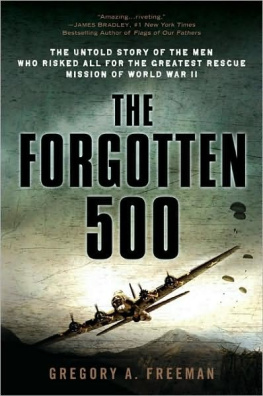


![Freeman - Pro design patterns in Swift: [learn how to apply classic design patterns to iOS app development using Swift]](/uploads/posts/book/201359/thumbs/freeman-pro-design-patterns-in-swift-learn-how.jpg)
